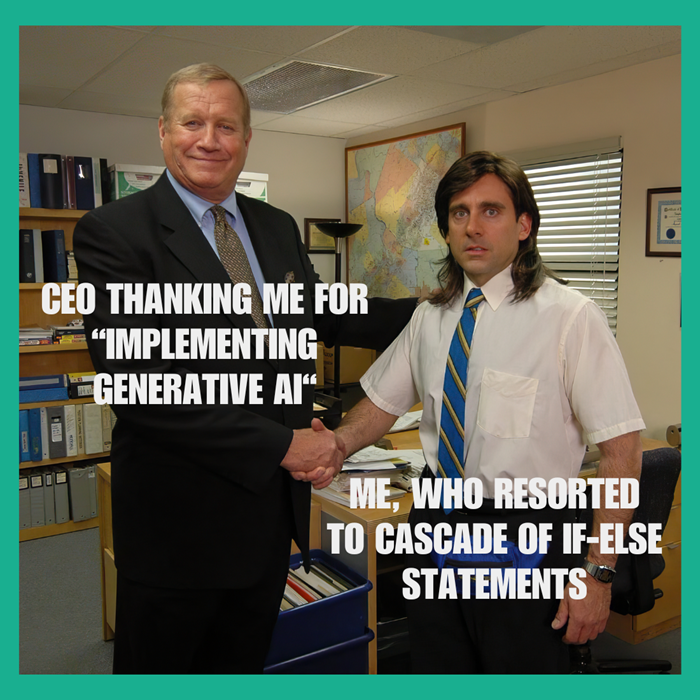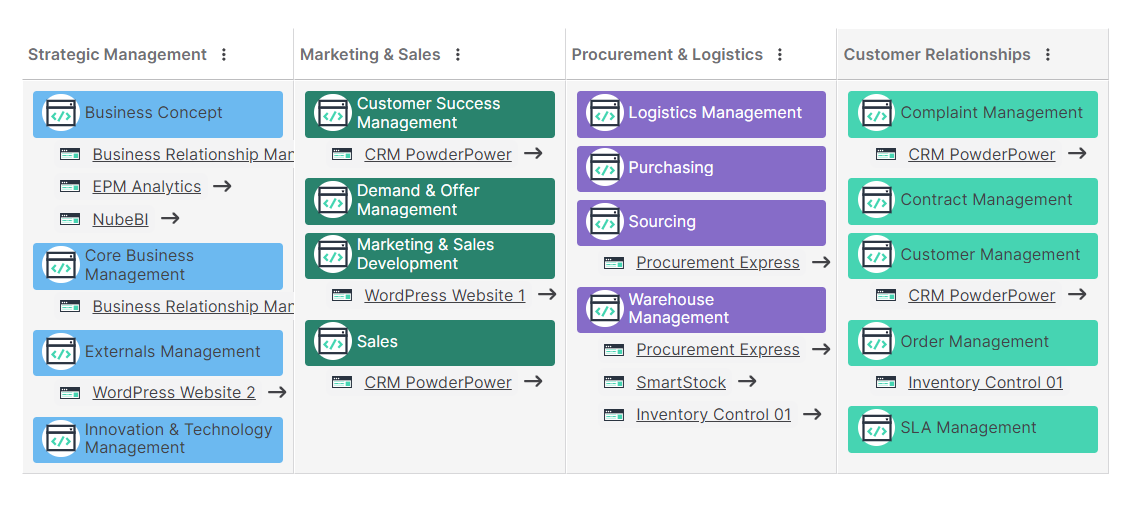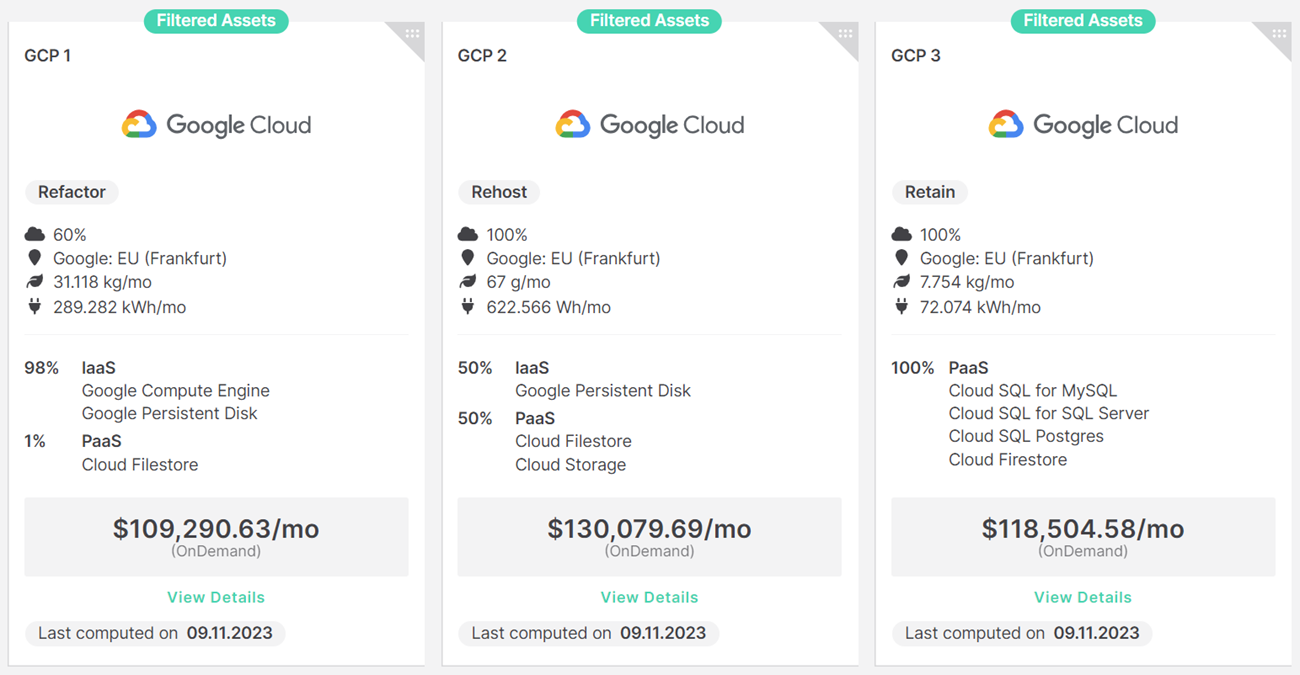How to welcome Generative AI into your existing tech ecosystem

In our latest article, we discussed the new and exciting opportunities offered by Generative AI, and how organizations can build a sound strategy to welcome GenAI technologies into their existing processes. In this second article, we dig a little deeper into the best practices organizations can implement to start leveraging GenAI into their tech ecosystem.
Start experimenting!
Learn and fail fast
For organizations willing to embark on their Generative AI journey, one question is: should we wait to have perfectly clean data, as well as a perfectly well articulated technology stack, to start leveraging GenAI in our tech ecosystem?
There is no definite answer here. However, the adoption of Generative AI is going really fast, and the companies that experiment with these technologies today are the ones that will most quickly reach maturity tomorrow in their use of GenAI (and unlock great benefits for their business). And as with any new technology, we learn by experimenting.

Prioritize your pilot projects based on their impact
Of course, one risk when experimenting is to waste time and resources on use cases that have little impact on the business goals. Again, identifying key use cases, and prioritizing them based on their impact and return on investment, helps allocating efforts in the right areas. The experiments themselves can be done through a series of pilot projects, involving specific units of the organization, and focusing on the topics of highest priority.
Data remains central when embedding GenAI

We said earlier that it's perfectly possible to experiment with generative AI without having an impeccable database. That's true; however, the data available within a company is a goldmine for getting the most out of AI. Hence, data quality and pre-processing is key. We discuss it in more detail in this section.
Leveraging your organization’s unique knowledge landscape
Large Language Models (LLMs) are usually trained using data available on the Internet. Learning from this vast amount of data is part of what makes generative AI so effective.
However, when using GenAI solutions, organizations have a strong interest in leveraging their own knowledge and data. Every organization has an internal knowledge and information landscape, and as we discussed earlier, GenAI is unrivaled when it comes to creating new content. Therefore, when trained on a company’s unique knowledge base, GenAI solutions can generate new content and assets based on this knowledge. A virtuous circle, so to speak.
Avoid costly mistakes
If you've been experimenting with ChatGPT, you've noticed that the results are often surprisingly relevant, but that ChatGPT sometimes makes big mistakes. It’s known that ChatGPT, and other popular LLM-based tools, have the tendency to “hallucinate” things that do not exist.
While these occasional “hallucinations” can be acceptable in certain contexts, they can also lead to deadly mistakes, for instance if GenAI is used to detect pathologies by analyzing patient data.
Without even going to these extremes, a single GenAI mistake can easily turn into a catastrophe for a business. A poor handling of a customer complaint can damage a company's reputation, an error in financial analysis can cause it to lose money, and so on.
How to choose the right approach
Enhancing GenAI solutions with your own data can unlock great benefits, but what is the best-suited approach for your organization? Some businesses choose to build their own LLM solution, but it’s obviously time-consuming and it requires a lot of computational power, as well as many skilled data scientists. Therefore, This approach is only suitable for very large companies.
A more common approach is to either fine-tuning, or prompt-tuning an existing LLM. If you want to learn more about these different categories, you can have a look at this dedicated article from Harvard Business Review.
Get your infrastructure ready for GenAI with the Txture platform
Txture provides a SaaS platform that helps you develop a single source of truth for your IT, manage your application portfolio, and drive your cloud transformation and modernization initiatives.
With the Txture platform, you can plan the integration of GenAI into your tech ecosystem step-by-step.
Define your scope for GenAI integration
Txture enables you to visualize the business capabilities of your organization, and inventory the applications and technologies that support each business function. Once you have defined your priority use cases for GenAI, you directly see which applications are involved, and you can start assessing the readiness of each application:
- Which applications are processing personal or confidential information? This is crucial when implementing GenAI. You want to know which data can be used in the context of GenAI, and which data should not be processed because of confidentiality or compliance requirements.
- How future-ready is my application landscape? Once you have determined which applications will be affected by GenAI integration, you want to define whether these applications are up-to-date, or need to be modernized.
 Example of a business capability map linking applications and business functions in the Txture platform.
Example of a business capability map linking applications and business functions in the Txture platform.
Plan the modernization of your applications
During the process, you will likely find out that some applications need to be modernized in order to be ready for GenAI. The Txture platform helps you plan the modernization process from beginning to end.
Based on your specific needs and preferences, the platform recommends modernization scenarios. You can easily compare them side-by-side, based on features, price, pricing options, compliance certifications, and so on. This helps you make faster and more informed decisions across the modernization process.
 Several modernization scenarios presented side-by-side for a migration to GCP.
Several modernization scenarios presented side-by-side for a migration to GCP.
Do you want to learn more about the platform? Have a look at Txture’s full capabilities for cloud transformation and application portfolio modernization, or schedule a discovery call with the Txture team!
Related posts
29.4.2025Application ModernizationDefine your scope for IT modernization2.3.2025
Cloud StrategySelecting the right cloud data center for hosting your workloads27.6.2024
Cloud optimizationA great driver to maximize cloud value: moving to instances with modern processors 24.5.2024
Cloud Knowledge5 best practices to manage change during a cloud transformation2.4.2024
Generative AIPaving the way for leveraging Generative AI in your organization
